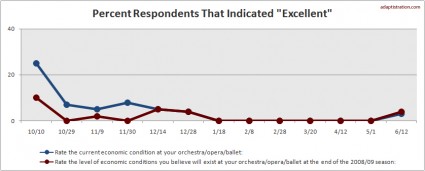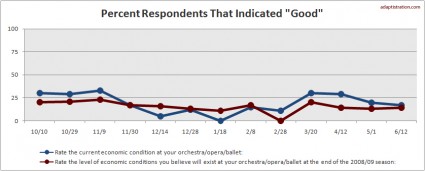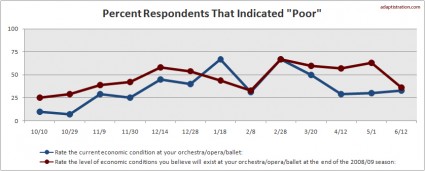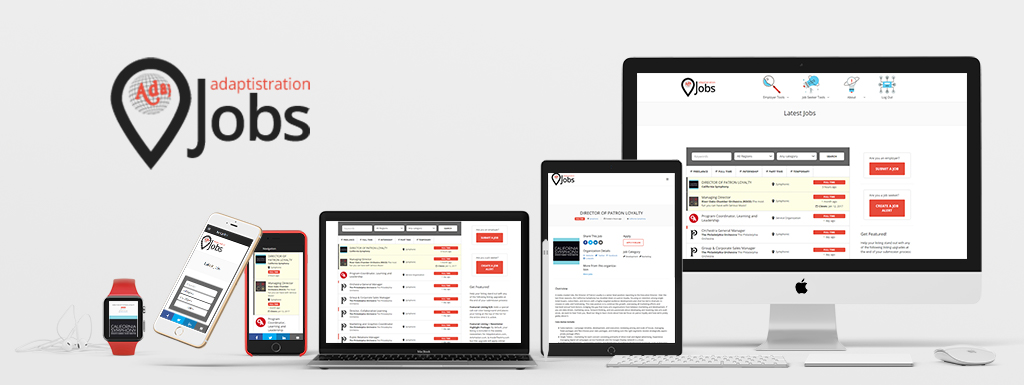There is little doubt that the 2008/09 season will be remembered as a time dominated by uncertainty over cash flow, revenue streams, and artistic activity. Based on a year’s worth of tracking, it is clear that this uncertainly had an adverse impact on economic confidence levels throughout a variety of performing arts institutions. Nonetheless, it is crucial to note that institutions governed by wise leaders will resist temptations to embrace sweeping, institutional decisions that will have prolonged negative ramifications on future activity without first waiting for the economy to stabilize…
2008/09 Cultural Confidence: Grim

Throughout the poll, respondents were asked to indicate their levels of confidence by one of four values (most negative to most positive): poor, only fair, good, and excellent. Combined response averages indicate an overwhelming negative sentiment, with only 20 percent of respondents indicating some degree of positive outlook and the majority of those sentiments were “good.” Conversely, negative responses were divided almost evenly between “poor” and “only fair,” as illustrated in the pie chart to your right.
Presumably, as the season’s end approached, any gap between current assessment and future outlook would close. Sure enough, that seems to be exactly the case as any gap between closed to within negligible tolerances by the final polling cycle. The following charts illustrate the changes in confidence levels throughout the 2008/09 season polling cycle:




Conclusions
Although the predominant responses tend to be negative, one encouraging sign is the sharp drop off of respondents that indicated “poor” (the most negative option) in both poll questions. If nothing else, this indicates that some of the responses from earlier poll cycles might have been fueled more by panic than reason, which is illustrated in the following charts.


Ideally, this might indicate that groups are beginning to get their head above water and realize that reason and patience are preferred qualities to successfully endure financial distress. In the meantime, focusing on revenue streams, strengthening cash management practices, and keeping the board motivated are the tasks at hand.


